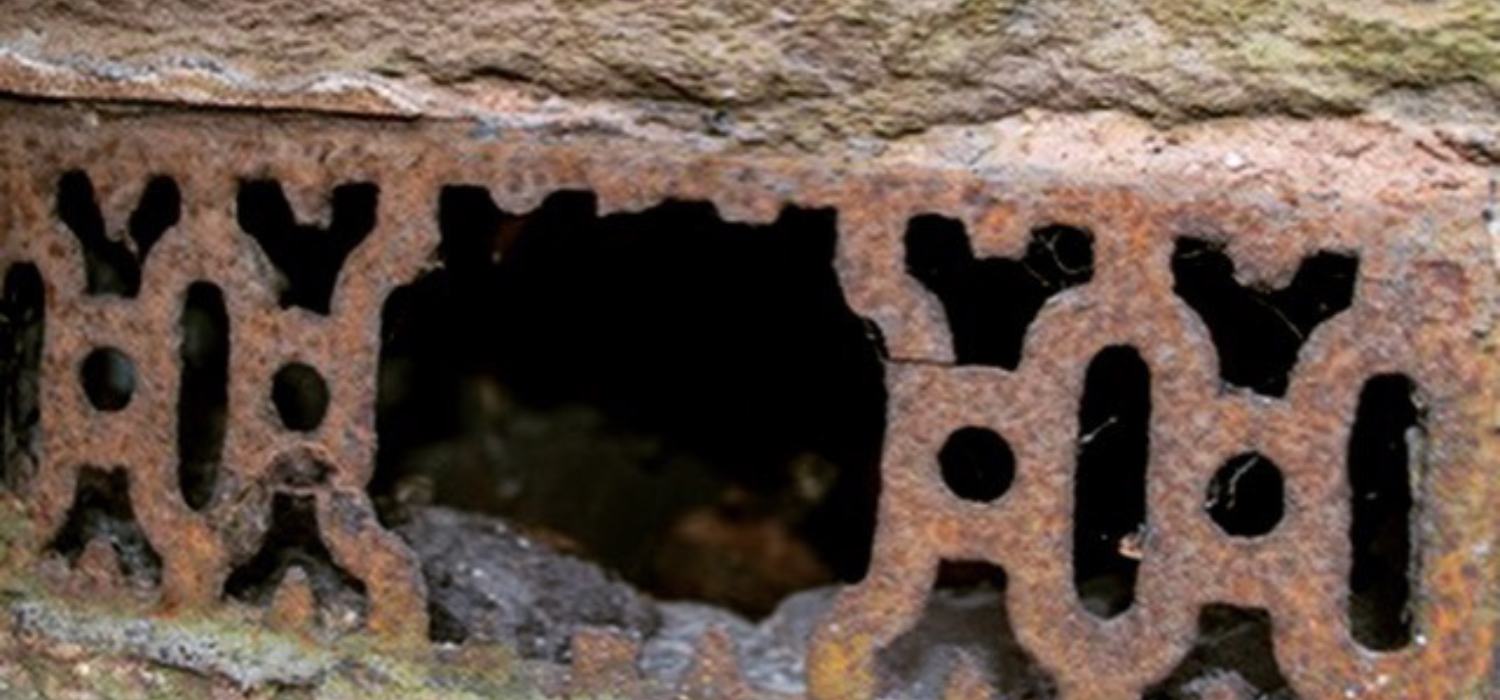How Rats Enter Kitchens
How Rat Enter Kitchens
Why Are Rats In Your Kitchen?
Rats are in your kitchen for a reason – food! But sometimes, they come in to take a look.
Rats love to take food items and hide them away in a place of safety for another day. This behaviour makes these furry little thieves a big problem.
We had a greengrocer who had hundreds of nuts stolen, a couple almost divorced over missing brownies, and the list goes on and on!
Because rats spread disease easily, especially diseases like Salmonella , it’s vital to control rats swiftly.
To help you unravel the source of your rat invasion, we have listed the top ten ways rats get into a kitchen!
10 Ways Rats Get Into Your Kitchen
Open Doors and Windows
These only need to be open for a few minutes, and a single rat will quickly and expertly bypass you or others.
Holes in Floors and Walls
Gaps in the external walls are prevalent, especially where old pipes have been removed. This leaves behind unsealed holes open to the elements and rats.
Gaps Under Doors
A gap of just 10-15mm will be enough for smaller rats to squeeze through and underneath.
Faulty Drains or Uncapped Gullies and Soil Pipes
By far the most common point of entry. Your very first check should be a rat related drain inspection to establish if you have a direct entry point from the main sewer.
Groceries and Deliveries
Groceries and deliveries of boxes, crates and even hollow bed bases have all been implicated.
It doesn’t matter how rats get into the property because rats always end up in the kitchen.
Cat and Dog Flaps
Doors with entry points for cats and dogs must be secured.
So often is the case that new residents in a property fail to consider what might use these entry points should they be ignored!
Pet Cats and Dogs
Dogs and cats are natural hunters, quickly catching and dispatching rogue rodents in gardens and yards.
Cats will often bring mice and young rats into properties.
Injured rodents that survive will escape beneath kitchen units, where they can live for months before being re-captured or even sighted.
If it’s a rat – these can grow huge feeding on food left out on countertops.
Open Wall Cavities
Wall cavities give rodents the chance to move through a property and end up in unexpected places.
Sometimes the rodents come from neighbouring terraced or semi-detached houses.
What’s more usual is rats from damaged drains will use wall cavities as a means to get to the cosy loft insulation. Once in your attics, they will nest and multiply.
Extractor and Tumble Dryer Vents
Where the extractor hoses pass through walls and bridge wall cavities, rats can chew through these feeble plastic tubes.
Rodents become more of an issue when they intercept the conduit as it passes through a loft or floor cavity!
Damaged Air Vents

Air vents in the external walls of the property are easily damaged intentionally by lazy cable installers or by accident and natural decay.
The brick, concrete and stone variety are usually no problem.
The troublesome vents are those made of cast iron or plastic. Both will become brittle over time, so they get damaged easily.
Rats don’t have parachutes, so the problem will always originate from your perimeter. Good luck and happy hunting!